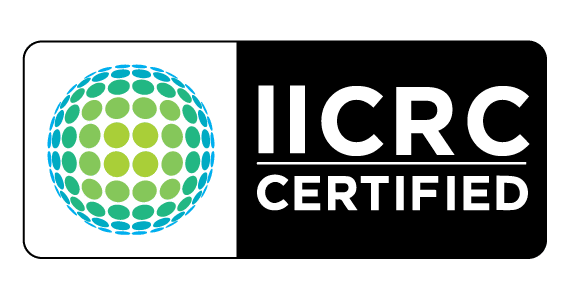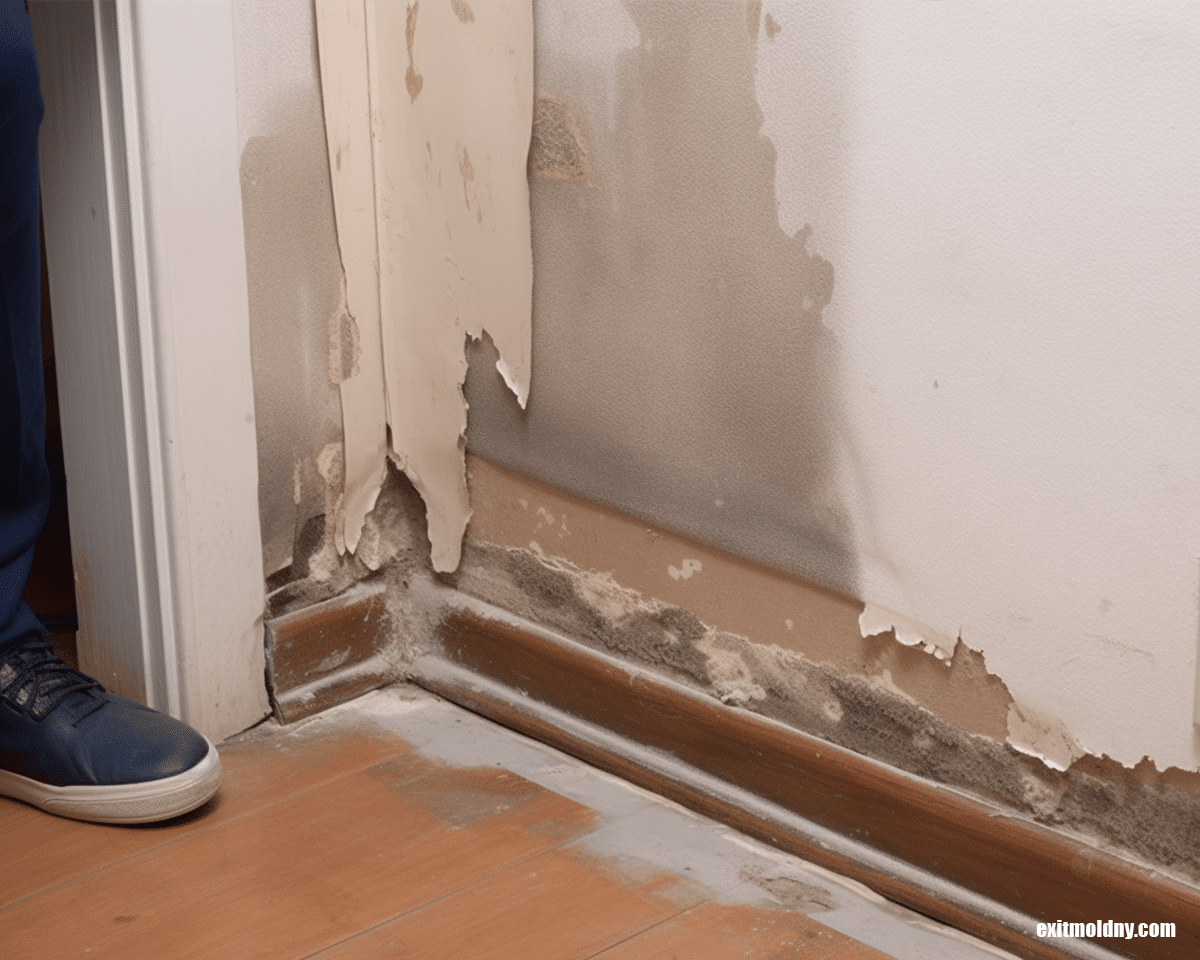
Restoring Your Home: Repairs and Renovations
Restoring Your Home: Repairs and Renovations In our blog, A Comprehensive Guide To Cleaning Up After A Flood, we wrote about physically cleaning a home
As written in previous blogs as The Ultimate Guide To Lead Testing In New York City, the metal known as lead ‘ruled the world’ from ancient Roman times into the modern days of the United States of America! Lead was an abundant metal of the earth and inexpensive. Lead was used to create pottery, pipes, roofing material, batteries, cosmetics, and paint!
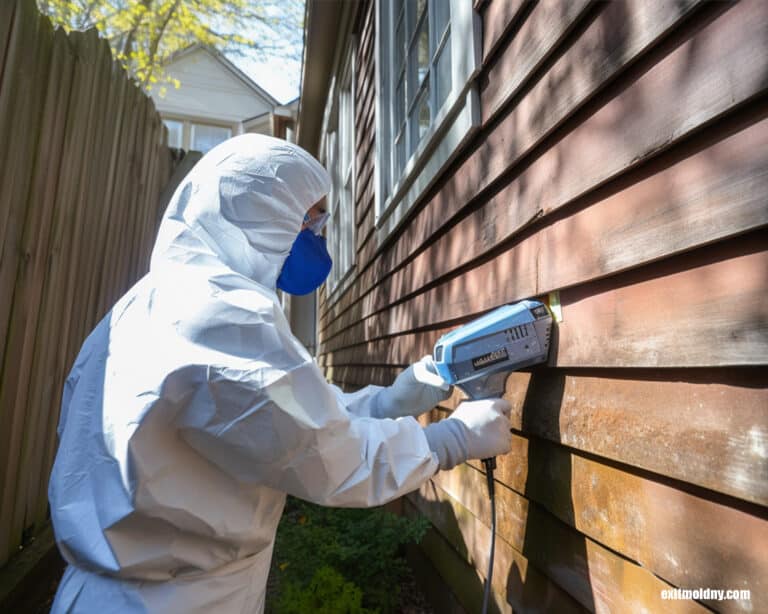
If one is fortunate to be transported back in time by visiting such historic American sites as Independence Hall, Philadelphia, Betsy Ross’s House in Philadelphia, village life as it once was in Williamsburg, Virginia containing numerous 18th Century homes and businesses, Mt. Vernon, the Virginia plantation of the first U.S. President, George Washington, or make a stop at such New York historical sites as Ellis Island, NYC and the Franklin Roosevelt Presidential Library in Hyde Park, New York — or visit any of the 2600 National Historic Landmarks of the United States, as declared a landmark by members of the National Park Service, one would be awed of being ‘so close’ to the life and architecture of those early days!
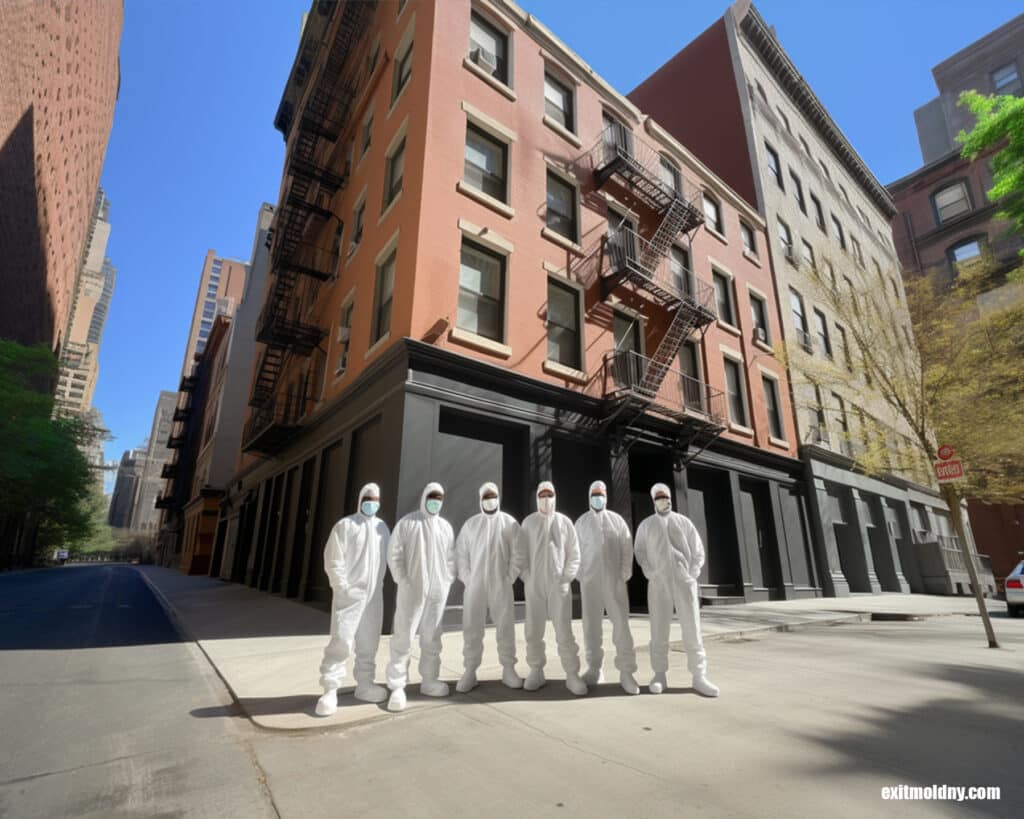
There sometimes comes a conflict between preserving America’s glorious past for future generations of Americans by retaining the distinctive architecture of a historic landmark, which identifies with the style of a by-gone era, the work of a specific specialized craftsman, or gives recognition of the artistic value of the period home while doing a condition assessment of the historic building’s exterior and interior surfaces for lead.
Yes, from the ‘white washing’ of fences as depicted in The Adventures of Tom Sawyer by author Mark Twain (Samuel Clemens) to those glistening white pillars of the Mt. Vernon plantation of George Washington, much of the painted exterior and interior surfaces of 18th, 19th, and early 20th century America were composed of some element of lead-based paint. The painted surfaces included the wooden exterior and interior trim of window sashes, frames, baseboards, wainscoting, doors, and door frames, and the high-gloss walls of kitchens and bathrooms. Lead compounds were used as driers and window glazing putty. Varnished wood most often contained lead, and almost all painted metals were primed with red lead or lead-based paint.
Removing the historic architecture would mean losing or modifying the original history of the landmark for the sake of a safe, lead-free environment. A preferred approach, and in agreement with the Secretary of The Interior, is permitting lead-based paint to remain if a lead-paint hazard does not exist because of noticeable deterioration of a painted surface — such deterioration shown by paint chips and lead dust. Discovering lead hazards requires performing an elemental analysis of historical materials and a risk assessment of the historic landmark building.

The term historic landmark would be defined as any place that has existed for fifty years or more. Since lead was an inexpensive and abundant metal used since ancient times, well into life in Colonial America of the 18th Century and continued to be used into the modern days of the 1970s, a risk assessment of historic buildings is a logical course of action.
Risk assessment of historic buildings follows the EPA’s RRP (Repair, Renovate, Paint) guidelines. The guidelines consist of four main points:

When examining the possibility of lead-based paint in historic landmarks 50-plus years of age, there is no better method of lead material identification for historic buildings than XRF testing for lead. XRF testing is a non-destructive testing method well-suited to preserving historical architecture.
The main advantage of XRF testing is the ability to do an elemental analysis of a wide range of chemical components of such raw materials as metals, minerals, ores, and alloys. XRF lead tests can handle various sample materials: solids, liquids, powders, thin films, and coatings without requiring extensive sample preparation or destruction. The elemental analysis of historical materials can simultaneously analyze multiple elements in one ‘run,’ saving time and cost compared to tests requiring separate measurements or complicated procedures.
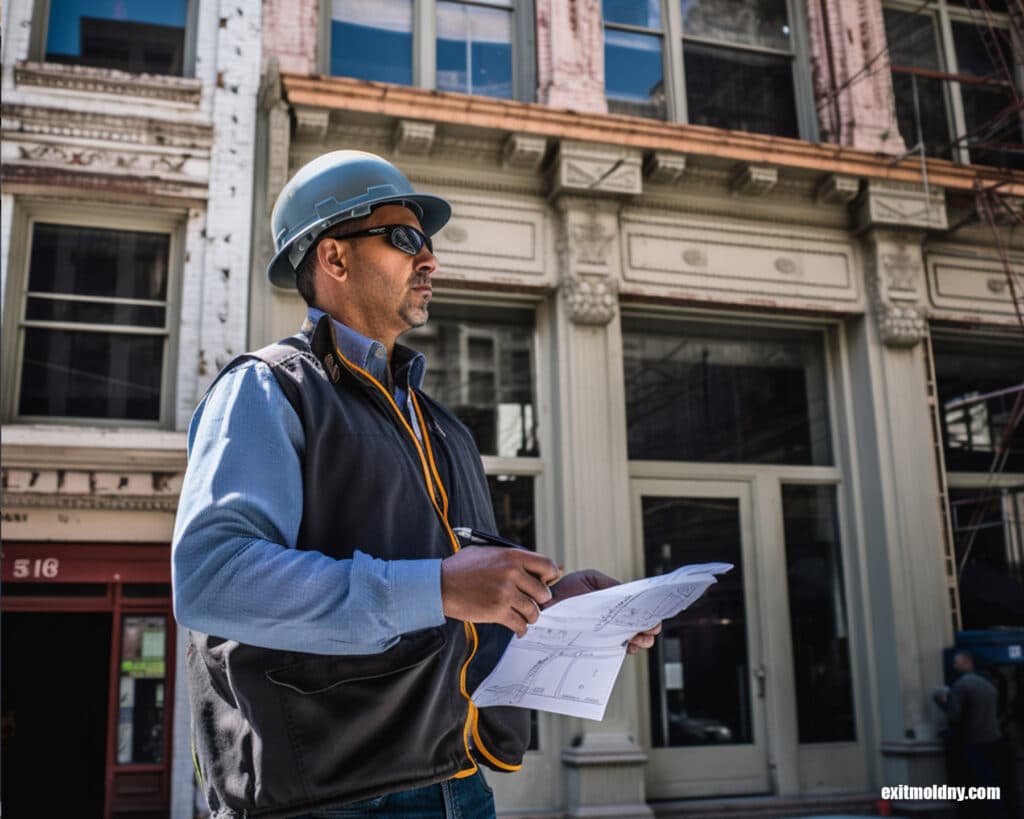
Contact the trained and certified professionals of Exit Mold, a home restoration business with
25-plus years of history serving the residents of NYC and its five boroughs! We are a family-run operation, employing best business practices to ensure a safe and healthy future for all NYC families! Whether it is an XRF test for a historical building or the need for an XRF test for lead to comply with Local Law 31 requiring a completed lead test before August 9, 2025 for any multi-unit apartment, or private residence built before 1960 — contact the trained and certified technicians of Exit Mold, with the latest technology and techniques for making any building lead-free!

Restoring Your Home: Repairs and Renovations In our blog, A Comprehensive Guide To Cleaning Up After A Flood, we wrote about physically cleaning a home

Post Flood Cleanup: A Step-By-Step Guide It’s finally over! The dark clouds have cleared up, there’s blue sky ‘up yonder,’ and the rays of the

Emergency Response: What To Do During A Flood While we at Exit Mold, a New York home restoration firm serving NYC and the five boroughs



New York 5 Boroughs Area
10 Brower Ave.
Woodmere, NY 11598
(516) 512-7877
Miami Dade County Area
2509 N Miami Ave
Miami Fl 33127
(786) 465-2300
